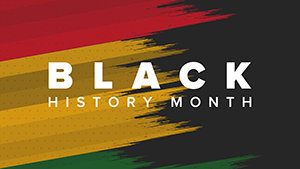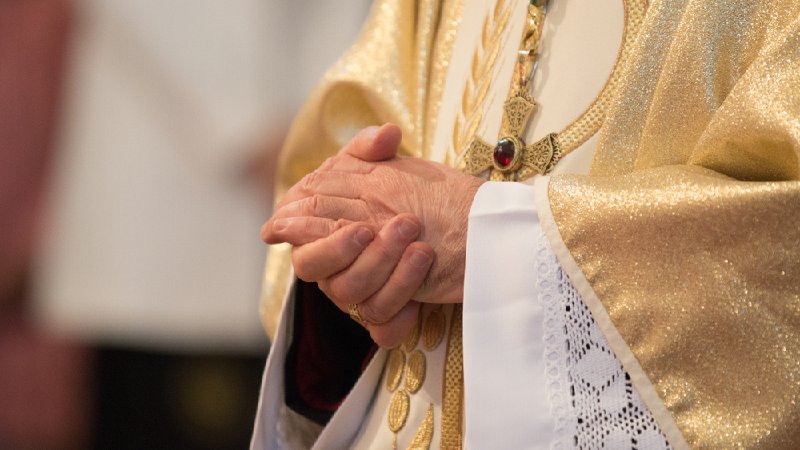How the Catholic Church Built Western Civilization
What do we truly understand about the things we criticize, judge or marginalize, even if only in our minds?
That’s what I’ve been wondering lately, in the midst of the divisiveness of our current culture, after reading a book about the Catholic Church.
While I certainly didn’t have anything against the Catholics, I really didn’t know much about the religion.
But the book by Thomas E. Woods carries a bold title and, to be frank, it was one of the reasons I went ahead and purchased it: How The Catholic Church Built Western Civilization.
Now that’s a title!
After hearing Woods mention it briefly during a talk, I found myself immediately wondering: is the assertion accurate? Could a single group like a church really build Western civilization?
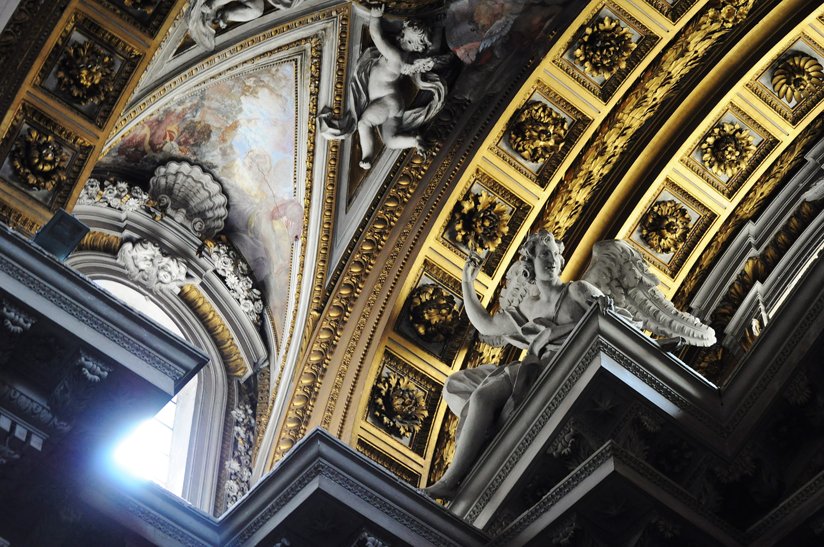
I think when people today consider religion and church they mostly think of words like “spirituality,” “belief,” “faith,” “God,” “prayer.” They probably don’t think “builders of civilizations.”
Such a broad stroke of the pen would also include “nonreligious” aspects of life, like science. Surely that wasn’t part of this religious claim?
What’s more, there are some who would assert that science and religion are fundamentally at odds—an intrinsic oil-and-water type of bond.
But after reading Woods’ book, I would say that’s not at all the case. Quite the opposite, in fact. This may surprise some readers and I can certainly understand how that might be. But I think we need to take a clearheaded look at all this, regardless of any bias we may have developed one way or another.
Remarkably, we still utilize that same educational structure across the West, almost a thousand years later. Even if it were the Catholic Church’s only major contribution, I think that’s worth some serious respect.
As for me, by about the third chapter, I was utterly astonished at what this one organization has done to make our life what it is today.
In short, Woods backs up his bold book title with facts. (Nothing surprising considering he holds a bachelor’s from Harvard and a Ph.D. from Columbia, both in history.)
I’m going to offer you an informal review of some of the book here. But I have to warn you: it’s just too much to cover in a blog post. Woods really does this subject justice and there is a lot of history involved. I urge you to read it yourself, particularly if you are not a Catholic.
Early on, he comes out swinging against a common historical myth: the Middle Ages was a period of utter darkness during which no real learning occurred.
If the school version of this particular history is to be believed, there was a thousand-year period during which, somehow, no intellectual progress was made whatsoever. Everyone just sat around on piles of mud waiting for this millennial blip on the timeline to pass so we could all get back to learning.
Raise your hand if that’s also what you thought about the Middle Ages. (I’m raising mine.)
The real story is much brighter. Woods writes:
“Not mentioned [by other publications] …is that it was in ‘Dark Age’ Europe that the university system, a gift of Western civilization to the world, was developed by the Catholic Church.”
…
“The university was an utterly new phenomenon in European history. Nothing like it had existed in ancient Greece or Rome. The institution that we recognize today, with its faculties, courses of study, examinations, and degrees, as well as the distinction between undergraduate and graduate study, comes to us directly from the medieval world. The Church developed the university system because, according to historian Lowrie Dalye, it was ‘the only institution in Europe that showed consistent interest in the preservation and cultivation of knowledge.’”
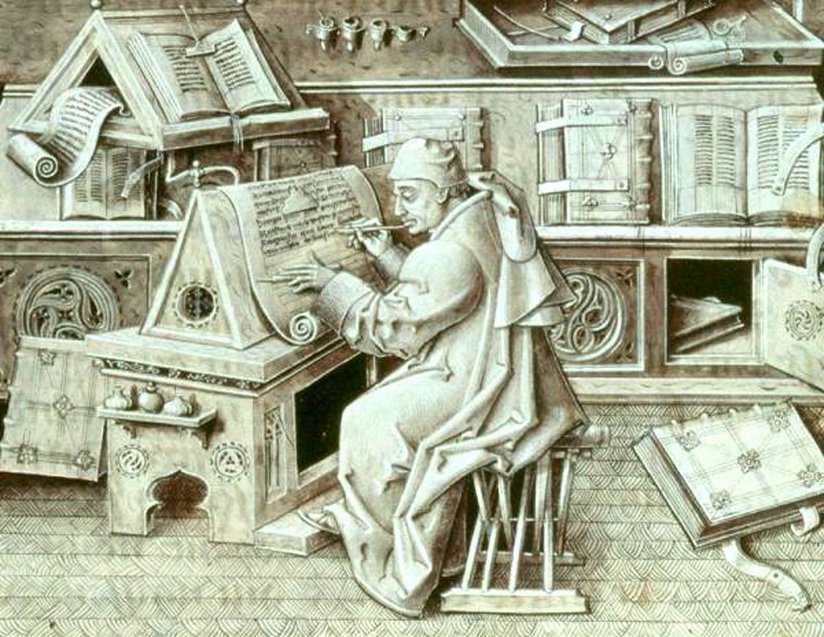
So two shockers worth noting there, if you ask me: a) the Dark Ages weren’t as “dark” as we were told in school and, b) the Catholics created the university system we know today.
Consider for a moment the amount of work it would take—over what was obviously several generations of concerted effort—to establish something that eventually would become such a robust framework of higher education.
Remarkably, we still utilize that same educational structure across the West, almost a thousand years later. Even if it were the Catholic Church’s only major contribution, I think that’s worth some serious respect.
But that’s not even close to the whole story.
There was darkness during the Middle Ages. The famous historian Will Durant, whom Woods quotes, explains:
“The basic cause of cultural retrogression was not Christianity, but barbarism; not religion but war. The human inundations [massive influx of barbarians—more on this below] ruined or impoverished cities, monasteries, libraries, schools and made impossible the life of the scholar or the scientist. Perhaps the destruction would have been worse had not the Church maintained some measure of order in a crumbling civilization.”
You see, back around 400 AD Germanic barbarians from the North (the Goths and Visigoths) were attacking—demolishing—Rome, the most advanced civilization in history at the time. This was decimating Roman culture.
That culture, which thrived between 8th century AD and 5th century BC, was incredibly refined for its time.
For example, ancient Rome utilized a system of jurisprudence (administration of law) which had formed over that period of more than a thousand years.
The barbarians, however, who were tearing all that down, had a different idea of justice using methods like trial by ordeal:
“In the barbarians’ view, law was more about simply stopping a fight and keeping order than establishing justice. Thus, a person accused of a crime might be subjected to the ordeal by hot water, in which he had to reach into a pot of scalding water and retrieve a stone at the bottom. His arm would then be bandaged. Three days later, when the bandages were removed, the man was pronounced innocent if the wound had begun to heal and scabs were visible. If not, his guilt was established.”
This was the invading “culture” that would seek to replace Rome’s. Imagine being a Roman at that time and going from “I might get a pretty fair trial based on reason and justice” to “stick your hand in this boiling water…”
Ouch.
Over the coming centuries, the monks, bishops and even the popes of the Catholic Church would do much to rescue and preserve whatever culture they could from the ashes of Rome’s fall.
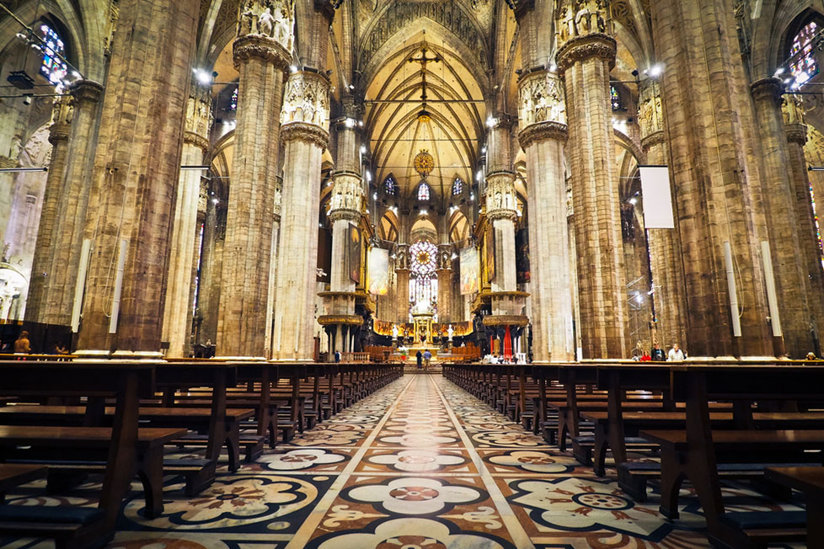
But really Woods’ book surprised me on this one point more than any other: the early Catholics were intensely supportive of science. Again, it is more than I can summarize here, but Woods is able to dedicate the better part of his book to this revelation.
To take it a step further, though, what I didn’t know was why the Catholics were so dedicated to the curation, dissemination and preservation of all knowledge and, most of all, science.
I’ll come to that, but first let me tell you a little about father Nicolas Steno (1638-1686), a Catholic priest who basically founded the entire subject of geology. His curiosity and study of fossils and the layers of the earth, or “strata,” uncovered an entirely new subject. Steno observed the resemblance between the teeth of a 2,800-pound shark some fisherman had just caught (!) and some fossils that had been dug up around that same time.
Steno was dissecting the shark and began to ask, “why were fossils found inside of rocks?” Some very unscientific proposals were offered back then like “spontaneous generation,” but Steno didn’t buy them.
“[Steno] found them scientifically dubious as well as offensive to his idea of God, who would not act in a manner so random and purposeless.”
The “idea of God” part of this is the most interesting to me because this science-God connection is a recurring theme for the monks, bishops and various popes of the Church which serves to explain how religion and science can not only coexist, but complement each other.
To illustrate this a bit better, though, we have to jump over to the Catholic influence on architecture, yet another area of advance we can greatly thank them for, in order to make the link between their support of science and their faith in God:
“…this desire for geometric precision and numerical meaning, which contributes significantly to the pleasure that aesthetes [those who have a special appreciation of art and beauty] derive from these great edifices [cathedrals which Catholics built, etc.] is no mere coincidence. It derives from specifically Catholic ideas traceable to the Church fathers. Saint Augustine, whose De Musica [a six-book series on musical theory] would become the most aesthetic treatise of the Middle Ages, considered architecture and music the noblest of the arts, since their mathematical proportions were those of the universe itself, and therefore elevated our minds to the divine order.”
I think this is beautiful and it’s a point I may never have considered had the author not pointed it out: the early Catholic scientists’ or artists’ recognition of something powerful and yet unknown, like a higher power, is what drove them. It is this very idea that gave the Catholics such an intense interest in the sciences and in constructing a civilization to begin with.
They were building a ladder to God.
Isn’t that how knowledge works? We learn something we didn’t know before and then the subject—those people, groups, places and events—get a little closer to us and may even become a part of our lives in some way.
Back to Steno, our intrepid originator of geology: he would make the study of this shark tooth business his mission for the next two years and put together a written work, Preliminary Discourse to a Dissertation on a Solid Body Naturally Contained Within a Solid. His was the first work of its kind.
“..he drew up a blueprint for an entirely new scientific approach to nature, one that opened up the dimension of time.”
Man now had access to a window into our own human history which had never existed before. All we had to do was consult the stories which were written in the very stone on which we stood.
There are many other important scientific developments and even sciences for which we can thank the Catholics. It would be too much to dive into each one here, but this begins to paint the picture:
“The fact remains, as J. L. Heilbron of the University of California-Berkeley points out, that the ‘Roman Catholic Church gave more financial aid and social support to the study of astronomy for over six centuries, from the recovery of ancient learning during the Middle Ages into the Enlightenment, than any other, and probably all other, institutions.’ …the Church’s contributions to science go well beyond astronomy. Catholic theological ideas provided the basis for scientific progress in the first place. Medieval thinkers laid down some of the first principles of modern science. And Catholic priests, loyal sons of the Church, have consistently displayed such interest and accomplishment in the sciences, from mathematics to geometry, optics, biology, astronomy, geology, seismology and a great many other fields.
“…How much of this is generally known, and how many Western civilization texts even mention it? To ask these questions is to answer them. Yet thanks to the excellent work by recent historians of science, who have been more and more willing to grant the Church her due, no serious scholar shall ever again be able to repeat the tired mythology about the alleged antagonism between religion and science.”
Having read all about it myself in Woods’ book, I couldn’t agree more. So very many aspects of our civilized, modern lives today can be traced back in some way to the Catholics’ beliefs and their desire to reach God through science and knowledge.
Largely thanks to their dedication over the last 1,500 years, we now experience a quality of life never available before in human history.
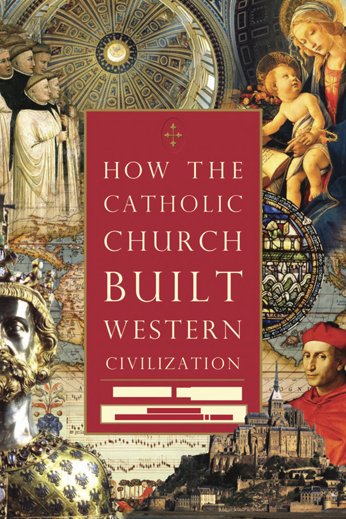
This contribution of the Catholics has special meaning to me, since Scientology is the result of one man’s discoveries in relating modern science with spirituality. Thanks to that combo, I have a deeper-than-ever understanding of myself and, consequently, an amazing life.
I’m quite sure this could not have happened without the Catholic Church’s commitment to their faith and desire to reach God through science and art and the nearly untraceable number of side benefits that have followed as a direct result and which influence us all.
Simply reading about all this in Woods’ excellent book has had an effect on me personally, too. I’m no slouch, but to read about characters like Steno, one could see these monks, saints and bishops, et al, were incredibly industrious (and without today’s comforts, by the way) as they strived, through their work, to understand the infinite through God.
By witnessing the example they set, it has made me want to reach for even higher ground in my own endeavors. I think we can all use a little more of that in our lives: something bigger than ourselves—that higher purpose—to strive towards.
It sounds like a lot to get from a single history book, and indeed it was. But isn’t that how knowledge works? We learn something we didn’t know before and then the subject—those people, groups, places and events—get a little closer to us and may even become a part of our lives in some way.
In short, we become less divided.
I’m more convinced than ever, having read Woods’ book, that science and religion have not only traveled the historical timeline of humanity well together, but their partnership is more important today than ever. The two can and should complement each other.
To me, this is a little like the “logical” husband and the “emotional” wife. They can either see their different points of view as barriers and view each other as targets, or admire their respective strengths, lock arms and face outward and target not each other but those things that truly impede their survival.
That is how the Catholics have been viewing science and religion for nearly 2,000 years.







